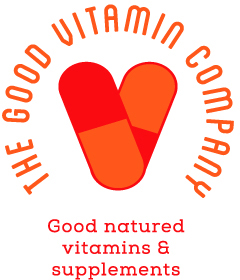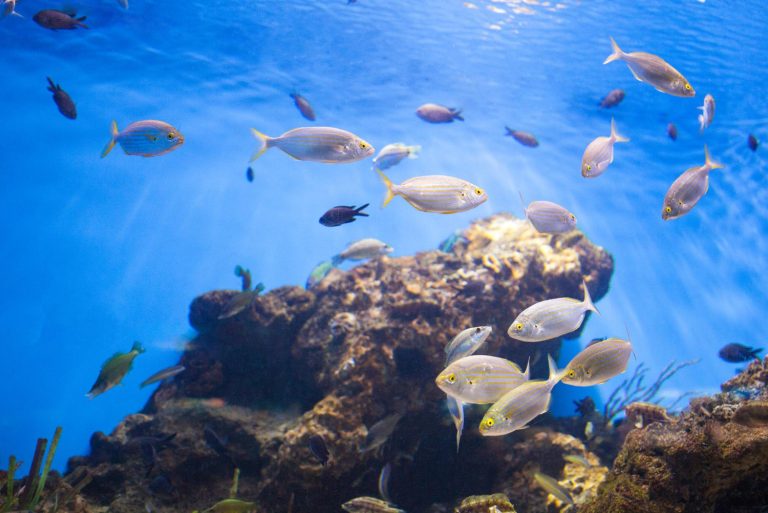Fish Farming and the Importance of Fresh Water Fish
Since 70% of the earth’s surface is covered with water, it is unsurprising that aquaculture is the fastest-growing food sector worldwide. Initially, fish production depended on capturing fish and was widely used for industrial purposes rather than for consumption. Thus, alternative fish farming and breeding methods were utilised to benefit from the economically important aquatic organisms. This is where aquaculture comes in. Aquaculture is responsible for breeding, rearing, and harvesting aquatic species in stable environments like ponds, lakes, rivers, streams, etc.
Aquaculture is used for several purposes, such as food production and restoring endangered aquatic species and habitats. Aquaculture can be subdivided into multiple types depending on its purpose. These include questions such as what is the motive of farming, the operational techniques being used, and the hydrobiological features.
Fish farming is a form of aquaculture that is responsible for half of the fish consumed globally. The most commonly farmed fish include salmon, cod, haddock, trout, tuna, and halibut. These fishes are raised in an artificial environment that is either mesh cages underwater or land enclosures.
But is fish farming safe for the environment? This article will discuss the worldwide impacts of fish farming and how freshwater fishes are ideal for nutritional sources.
Is Fish Farming Safe for the Environment?
Fish farming was initially used as a solution for overfishing and the need to meet the population’s growing seafood demand. However, fish farming is far from perfect and can damage the environment by introducing different chemicals, diseases, and invasive species. For instance, According to the United Nations Food and Agriculture Organisation, approximately 32% of world fish stocks are depleted, recovering, or overexploited and require urgent rebuilding. Moreover, it has been estimated that since 2012, thanks to the industrialisation of fish farming, aquaculture has already exceeded the total global catch for seafood.
Aside from this, industrialisation has led to a high concentration of fish in small areas, which severely impacts the quality of life for fish and results in observable pain and stress in the farmed conditions. The crammed-up space means the water is dirty and a breeding ground for diseases and infections. The antibiotics and chemicals added by farmers are ingested by the fish and passed on to those who eat them. The chemical residue may contain mercury, lead, DDT, arsenic, and other harmful substances.
Moreover, farm-raised fishes, such as salmon, are naturally white in colour, but farmers feed these fishes a supplement called astaxanthin, which makes them pink and can be harmful to the human population.
Another important issue regarding fish farming is that it was also used to ease the impact on wild populations, but the result is the opposite. Most of these fish farms require wild fish species lower on the food chain to feed the larger predatory species. Thus, overfishing of these forages has impacted the ecosystem negatively.
Best Practices for Sustainable Fish Farming
It is apparent that the environmental impact will worsen by continuing the current operational practices of fish farming. Thus, the need for sustainable fish farming practices is essential. One such practice involves moving aquaculture out into the open ocean. The open ocean sustains aquatic life by providing strong currents that are also helpful in flushing the farms of waste and pests like sea lice and ensuring that humans do not ingest them. It also reduces the need for antibiotics or vaccines because the fishes are less stressed or vulnerable to disease as they receive consistent salinity and temperature.
Another sustainable fish farming practice includes using the high-quality fish feed. When farmers use low-quality pellets or feed pellets with excessively high protein content, the waste and vast amount of unused nutrients end up in the faeces of the fish or sink to the bottom of the sea, where they pollute the aquatic environment. Farmers can enhance performance, improve health, and benefit from better growth rates by using high-quality feed pellets.
Other sustainable practices involve minimising chemical and veterinary drugs, choosing a suitable farm site, and focusing on farming layout and design.
How Antarctic Krill Is Superior to Other Fishes and Needs Better Protection
When we talk about fish farming and sustainable practices, it is important to discuss the importance of the Antarctic krill and its major role in cardiovascular health. Antarctic krill is one of the most abundant species in the world and is widely targeted by fish farmers due to its superior antioxidant properties. Krills are classified as zooplankton and are tiny fish species that play a key role in the food chain. Why? Because most of the animal species in the Antarctic, including humpback and fin whales, crabeater seals, chinstrap penguins, etc., eat krill.
The Antarctic krill also plays a significant role in the integral carbon cycle. How? Once full, they sink into the ocean's depths and release the carbon stored in their faeces to create the largest carbon sink in the world. By repeating this throughout their lives, they can influence the atmospheric carbon levels and have been estimated to remove 23 million metric tons of carbon annually within the Southern Ocean.
The Antarctic krills are used in fish farming to fatten farmed fish. They are also used to produce tail meat, which is highly favoured in Russia, Japan, and Korea. But the real money lies in its byproducts. Krill byproducts are used to make Superba krill oil, which is a dietary supplement superior and more sustainable than fish oil pills.
Red krill oil is a rich source of omega-3 and is more effective in delivering omega-3 to the bloodstream than fish oil. Omega-3 provides cardiovascular support by preventing heart attack and stroke. It also helps lower triglycerides and blood pressure, which can contribute to heart diseases. Moreover, vitamin A's abundance and its antioxidant properties help reduce anxiety and the risk of certain cancer types, such as colon cancer, and relieve PMS symptoms.
The supplement industry is growing worldwide, and despite all their claims of sustainability, fisheries are using unorthodox and unsustainable practices to meet the increased demands. An investigation led by the Environmental Reporting Collective found that catch limits for Antarctic krill increased significantly, and Subarea 48.1 were reached in 69 days, as opposed to an average of 130 days over the last five years.
Overfishing of Antarctic krill can disrupt the natural food chain. Thus, sustainable fish farming practices should be employed by all fisheries to ensure that there is enough food for predators like seals and penguins while simultaneously benefitting the human population as well.
The Negative Impact of Whale Watching
Another important aspect of the aquaculture industry worth discussing is whale watching. It is a lucrative business with an international industry worth more than US$2 billion globally that relies on cetaceans. Despite the economic benefits, studies have shown that whale watching results in behavioural changes in the cetaceans, such as acoustic, surfacing, swimming, and direction. This leads to chronic stress levels that impact overall health. One study also suggests that these short-term changes may reduce reproductive rates, thus, negatively impacting the ecosystem as well.
Whale watching also changes their feeding and resting behaviours, leading to reduced fitness in the long term. Moreover, research has shown that boat-related sound can “mask” cetacean vocalisations, resulting in them either being unable to communicate or the animals having to increase the volume of their vocalisations, which could prevent important communication related to mating and danger. Thus, more attention should be given to whale watching and how it can be regulated safely.
In this article, we have discussed the issues related to aquaculture and fish farming that require immediate attention and have explained sustainable practices that can control the outcome. Fish farming has several issues that impact the environment and human health, but with the right tools and resources, we can turn the industry to our mutual benefit, not just for consumption but for health and cardiovascular support. Sustainable fish farming reduces waste, keeps fish healthy, and improves global health outcomes. We hope this article helped!

